Who knew this early small commercial building on the corner of a residential street and larger road in suburban Hyattsville, Maryland would take me down a rabbit hole about the old nightclub/honkytonk culture in and around Hyattsville and Bladensburg?
This building, a Mexican restaurant for many years, was according to the property record, built in 1920, and appears to be present in aerial imagery back to the earliest imagery from the 1950s. It used to be George’s Tavern, a mostly-drinking establishment that also made decent pizza, according to some Facebook memories. It was red, too, back in the day.
“I grew up on Chesapeake Rd. Peanut was the lady in the kitchen that made that great pizza,” one person remembers. There are lots of names—who worked there, who hung out there, who lived on this or that street nearby.
It’s always striking to me how people remember these things, decades and decades later. I’ve seen so many exchanges on these threads that go something like this:
Linda Schafer: I used to go there all the time with my dad! Sold Girl Scout cookies in the parking lot in 1963. Ed in his convertible almost tipped my table over but to make up for it he bought every box I had 😂
John Walker: Are you the same Schafers as Mollie Schafer? Dated her for one semester in college. I won’t say any more 🤐
Linda Schafer: Yes! I’ve heard stories about you! Probably saw me at the pancake house every Sunday now that I think about it. Small world. Shame it’s so different now. We really need another apartment building right?🙄
I could do this all day. But I’m not making fun of old folks for having these memories. I think it’s beautiful that we had so many communities worth getting to know and worth remembering, and I hope people my age today will be able to look back on the places we grew up and lived in the same way.
There are no photos online of George’s Tavern that I can find. I can’t find any photos of Berk Motley’s Sirloin Room either. But it did garner a couple of newspaper and magazine write-ups over the years—in the Washington Post and the Washington City Paper—and a fair amount of internet chatter when it closed.
Someone recalls that Berk used to stand on his head and play the clarinet. Someone else remembers that he would stand on his head and play three clarinets. And I think that’s right, because here he is:
This is a description of Motley from a defunct eBay listing for a piece of restaurant memorabilia, pasted by a Facebook commenter:
Berk Motley was a burlesque comedian and big band musician (clarinet). At age 14, he joined the traveling circus that stopped in his home town of Rocky Mount, N.C. He flew the trapeze, learned to play the clarinet, shared a tent with the fat lady and wound up broke in Missoula, Mont.
He hitchhiked to Chicago and hung around with musicians. He hit the road again, playing with bands in nightclubs, burlesque houses and movie theaters. At 16, he hit the jackpot. He was hired as backup to legendary trombonist Jack Teagarden in Glenn Gray’s Casa Loma Orchestra.
Motley toured the country with Tommy Dorsey, Glenn Miller and Benny Goodman. He was paid big bucks as an arranger with a remarkable ability to transpose musical scores on sight.
He also played for comedians Bob Hope, Milton Berle and Red Skelton. “I kept a pencil and scraps of paper on my music stand, and between numbers I’d copy all of Joe E. Lewis’ gags down,” Motley says. “After a week, I’d stolen his whole routine.”
He bought the restaurant in 1948 for $12,000, before rock ‘n’ roll killed the big bands and burlesque theaters became a naughty memory.
Every Friday and Saturday night, he climbs onstage at Berk Motley’s Sirloin Room and tries to keep the old times alive. He says the women still clamor for kisses, hugs and autographs.
“I’m the last of the breed,” he says. “They’ll never make another one like me.”
If this is a tad embellished, I don’t want to know.
Here’s a video interview with Motley. This man’s life stretched way back, almost to the Vaudeville era. He was born around the time World War I broke out. The restaurant he ran, and the entertainment strip it was situated on, was technically part of the suburbs. But it was all something different.
If you look up the old address of the Sirloin Room, you get this building:
This is not the Sirloin Room; it’s Jerry Hot Dogs, another old-school business remembered by the area’s old-timers.
The Sirloin Room was a now-demolished structure behind this one, which must have somehow had the same address. NETR’s Historic Aerials imagery from 2006 shows the site of Sirloin Room, 20 or 30 feet from the Jerry’s building, enveloped in smoke, in the middle of this image. I can’t find any reference to the building having burned. (Maybe it’s demolition dust?) But there you go. The building lasted a little bit longer than Motley, who died in 1999 at 85.
So what’s this all about? These two establishments were just two of a number of similar places, which all together made up an entertainment district just over the D.C. line, with licit and illicit activities going on. The area today is much quieter, and very little of this remains. It’s also heavily Latino today. Here’s a post from the forum site City Data about the old times:
Perhaps no one but me cares, but in case any former locals with an interest missed this news…
An era has ended in Bladensburg. The last of the old Roadhouses and Honky Tonks that once lined Bladensburg Road from Peace Cross to the D.C. line – and at one time home to as many as nine separate entertainment and dining establishments - including Berk Motley’s Sirloin Room (formerly Rusty Cabins), The Dixie Pig, Angelo’s, The Wheel and Basin Street, (not to mention Jimmy’s Place – itself once known as the biggest underground gambling ‘carpet joint’ and ‘lounge’ found anywhere between New York and Miami, located just across the District line in Maryland at Bladensburg Road and Eastern Avenue, and owned by the locally notorious James A. LaFontaine) – that had once dominated that part of the now new “Port Towns’ and was then a wide-open, loud, raucous, decadent ‘strip’ of venues featuring live American music – has sadly and permanently extinguished its lights and closed its doors (as of October 13, 2007) after over 50 years of operation by the same family.
‘Chick Hall’s Surf Club’, located at 4711 Kenilworth Avenue, Bladensburg – just around the corner and down the road from the Crossroads Night Club (Kenilworth Avenue being the Surf Club’s ‘new ‘ location – with the club having moved from its original Bladensburg Road location from the old ‘strip’ in 1975 during a previous era of redevelopment for Cottage City and Colmar Manor, has very sadly ended an era of unique, original, live Country, Rockabilly, Blues, R&B, Jazz and Rock and Roll music - played with heart and soul by live people employing actual musical instruments (Rather than machines).
Yes folks, crummy old Bladensburg was once THE hot spot for live entertainment in eastern D.C. and the Maryland suburbs, lasting from World War II into the area’s slow, but steady decline, until eventually, culminating in this final, local, death knell of an art form that centered around live, smokin’, rockin’ musical entertainment the likes of which are unlikely to be seen again in Bladensburg.
Chick Hall Sr., the owner of that last holdout, died in 2008.
Here’s the club in 2008, before conversion into a laundromat:
And the Crossroads Night Club? That’s this, vacant for over a decade:
Here’s another Washington Post article, from 1999, about the fading nightlife in this area.
I drove around these old suburbs a lot when I was in school at UMD, and I just knew them as aging, early residential communities that had trended working-class and Latino over the years. I always had some sense that a lot of the buildings must have had very different previous uses, and yet much of this area is in broad strokes unchanged. It contains so much.
Look at this building, across from the Jerry’s Hot Dogs.
It’s from 1936. It’s not a “suburban” building; it’s a classic urban/small town building, in a landscape that looks transitional and, because of relative stagnation, has remained in the same form for long enough to see it looking back.
Very little of this is obvious to someone driving through. But if you start with the question, “What did that used to be?”, it’s there waiting for you.
Related Reading:
Thank you for reading! Please consider upgrading to a paid subscription to help support this newsletter. You’ll get a weekly subscribers-only piece, plus full access to the archive: over 1,100 pieces and growing. And you’ll help ensure more like this!




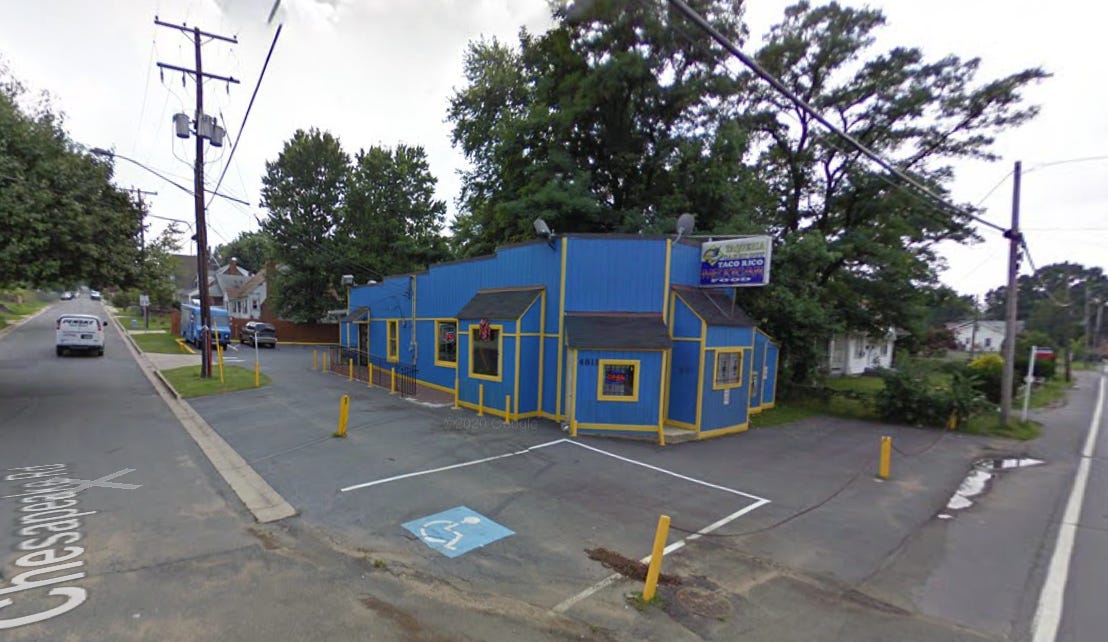
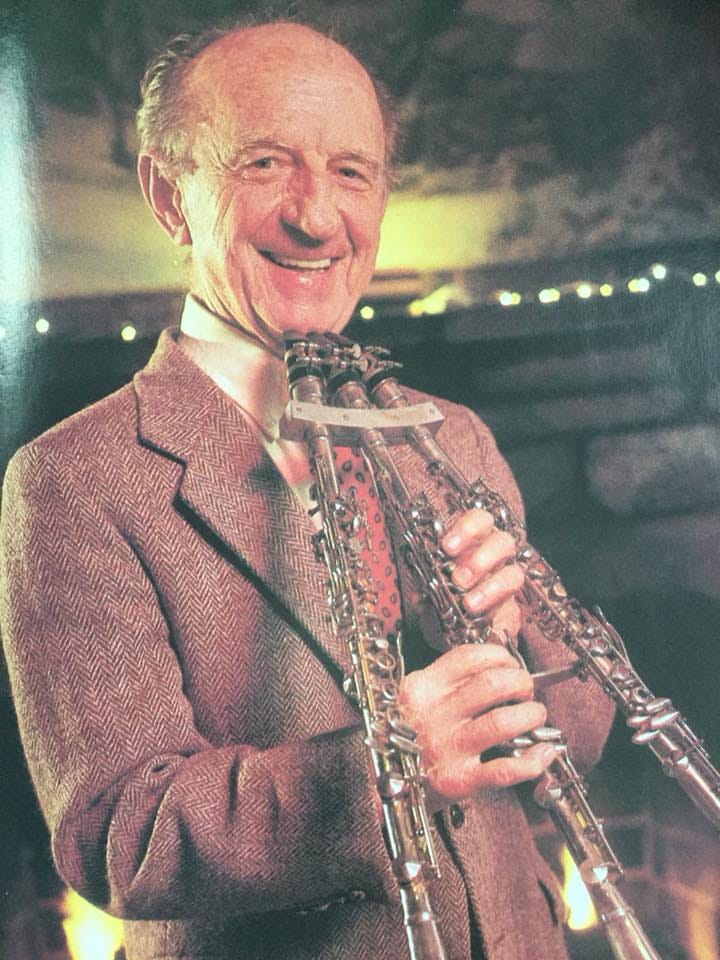
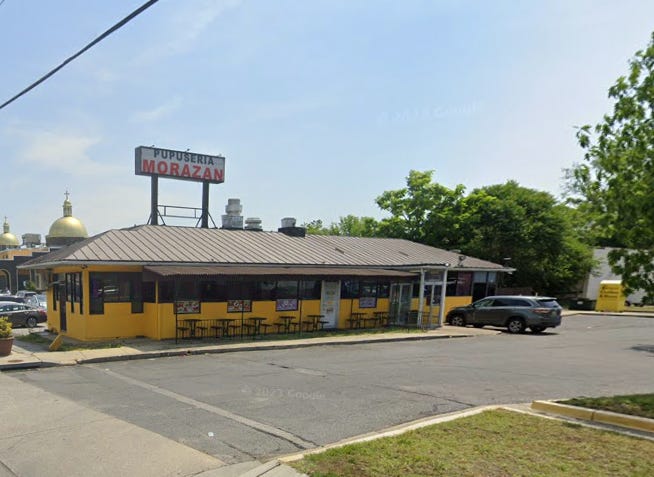
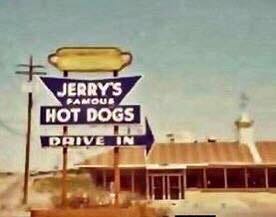
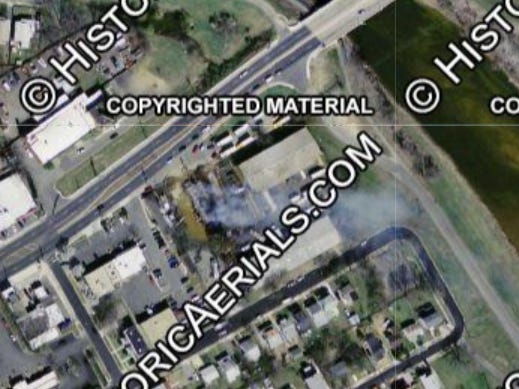
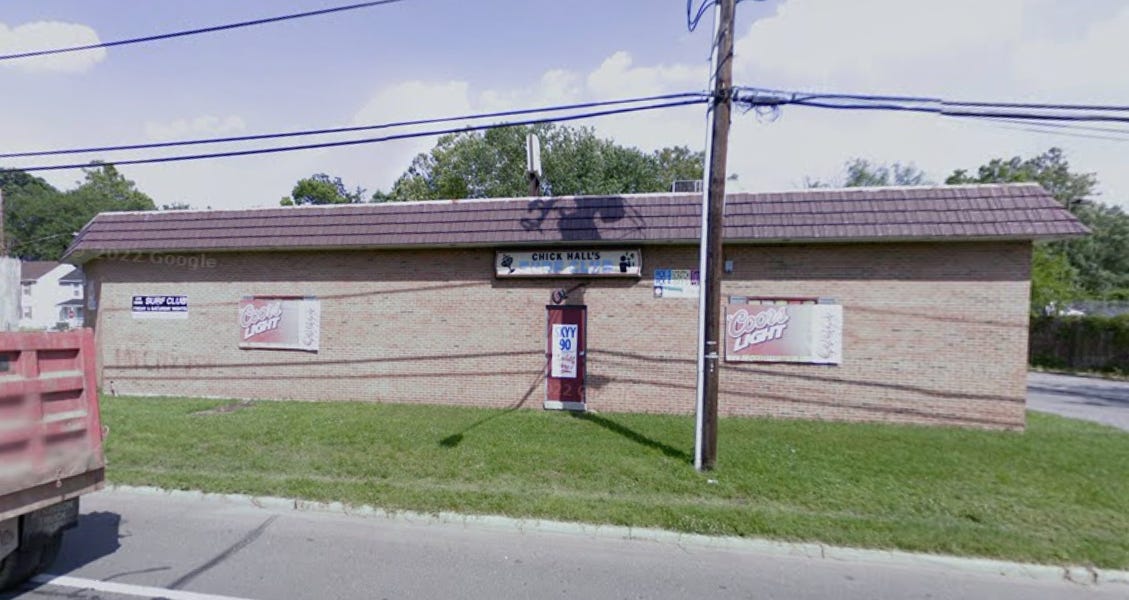
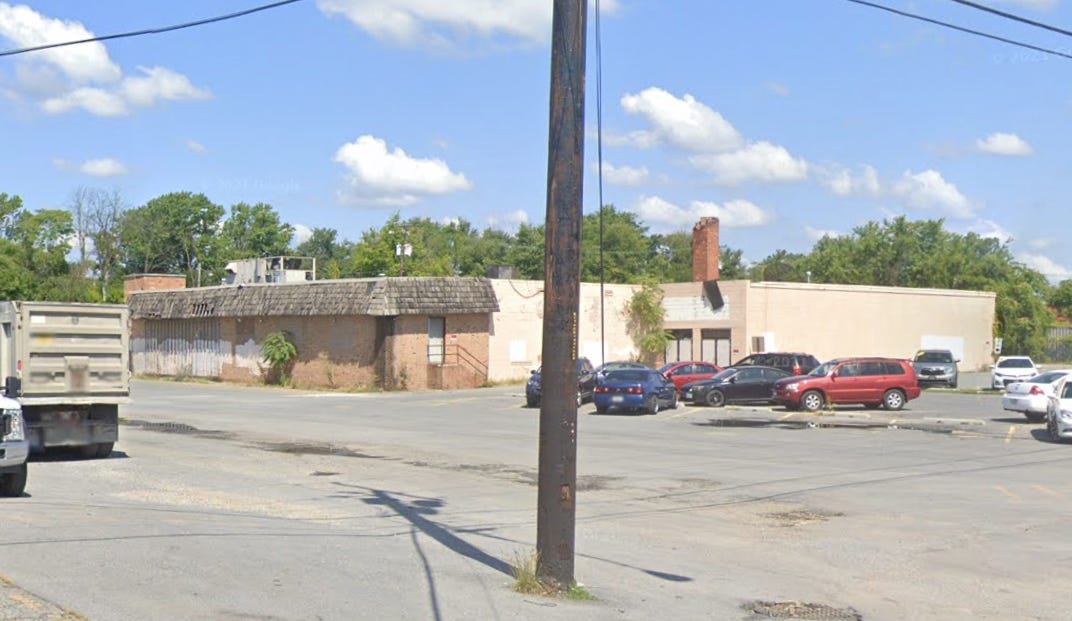
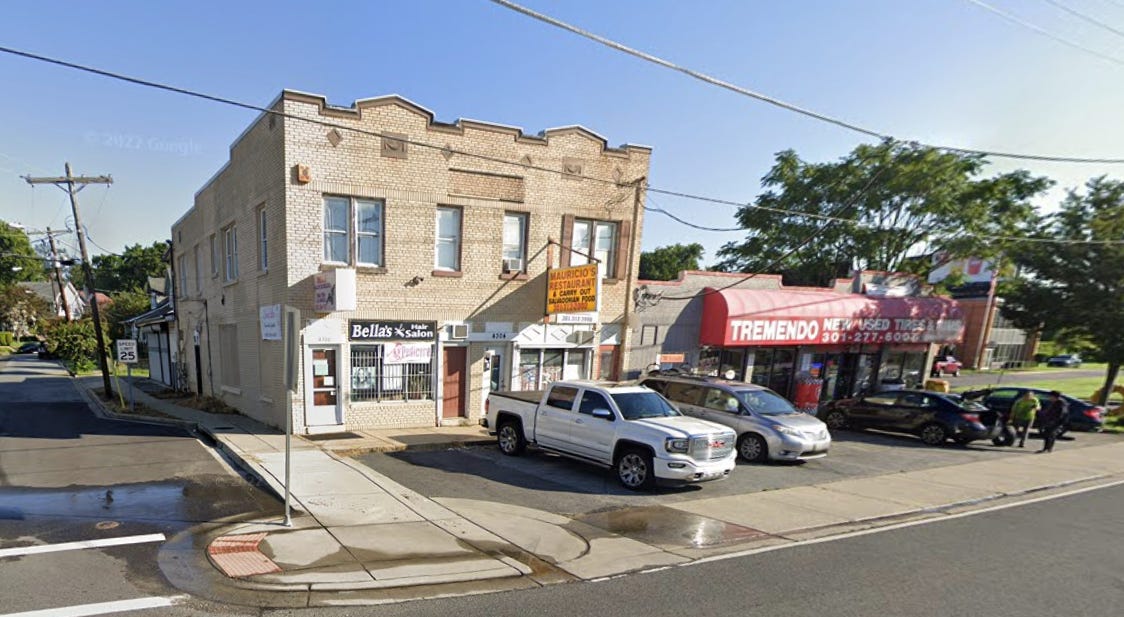
Art and artists follow cheap rent anywhere it can be found and moves out when the surrounding real estate appreciates
Crossroads was a reggae club catering to a West Indian audience in the early 2000s. I had a great day about 20 years ago at an outdoor festival with reggae greats straight from Jamaica.